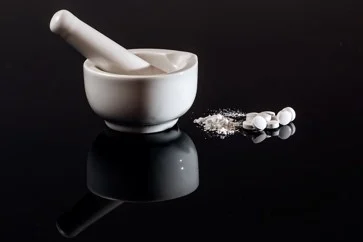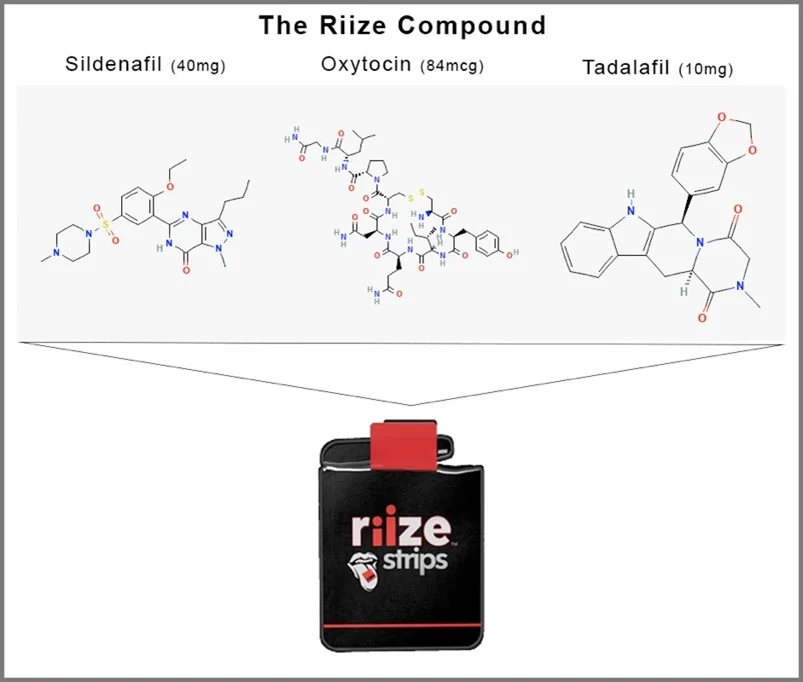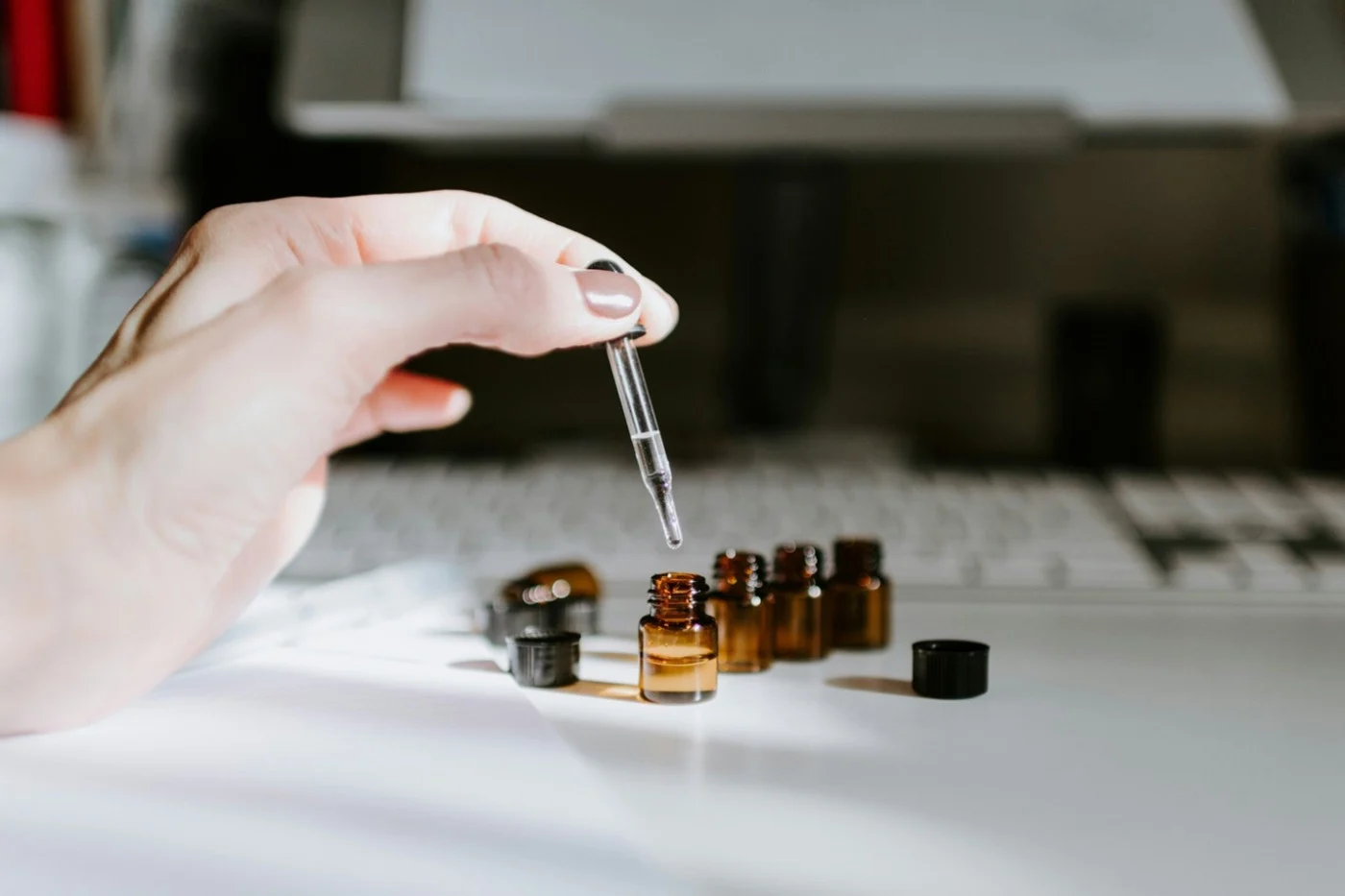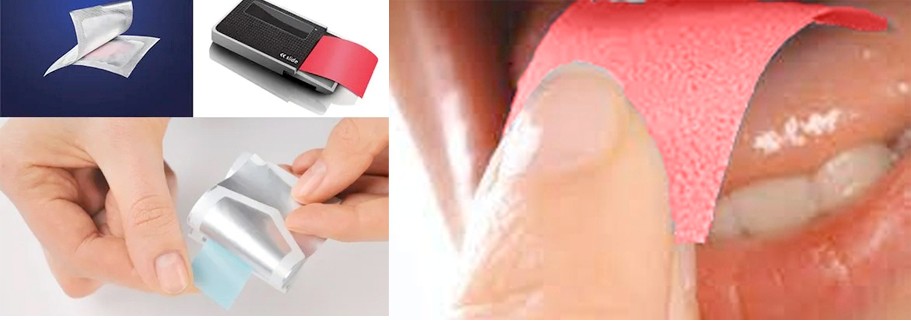Using compound drugs can provide more treatment options
Evidence suggests there is a growing demand for compounded drugs in today’s medical and healthcare market. Because of the intermingling, or sometimes misinterpretation of complex regulatory requirements for reporting compound drug production, growth data can be hard to establish. However, the growing demand is evidenced by an observable increase in the number and types of conditions that compound drugs are being used to treat – everything from sports medicine and veterinary care, to allergies and immunology. Until recently, one area of healthcare that has not given much attention to their use is sexual wellness. Riize is one of the first companies to offer a compounded drug product in this area – specifically for erectile dysfunction (ED).
What is a compounded drug?
Compounding is the process whereby two or more drugs are combined to create a medication tailored to individual patient needs. The drugs used are the active pharmaceutical ingredients (APIs), of the individual medications that are being combined. The compounds created with them are essentially customized medications. They may or may not be combined with additional excipients (inactive ingredients) to produce the final compounded preparation. The compounding process allows for not only customizing the ingredients, but also the dosages of each ingredient.
Compounded is nothing new


Up until the early twentieth century, most medicines and substances used to provide treatment for a specific condition were made by compounding, that is, combining multiple ingredients for medicinal purposes. The image of the “apothecary” comes to mind when we think about where it all began.


Clay tablets detailing symptoms, prescriptions and directions for compounding can be dated back to 2600BC in ancient Babylon. The apothecary profession was present in nearly every region and culture throughout history – from India to Egypt to China to Europe. The practice was a precursor to the modern sciences chemistry and pharmacology. The services that apothecaries provided in the Colonial era included prescriptions, diagnoses and even house calls. They were essentially what we think of as doctors today. They were highly valued for their knowledge, and eventually the field evolved into modern day pharmacy. Most of the prescriptions made by apothecaries were made by compounding, thus compounding has also been part of the practice of pharmacy throughout its history.
With the development of more scientific and advanced medicine, the need for apothecaries began to fade. The establishment of large pharmaceutical companies and the development of synthetic drugs shifted how medicine was produced. It was only with the advent of large-scale pharmaceutical manufacturing in the early twentieth century that there was a decreased reliance on compounding. However, that trend is changing.
What’s behind the growth in compounded drugs?
As medicine continues to move in the direction of personalized care, compounded medications have naturally become part of that movement. As far back as the 1980s, emerging thoughts on wellness spurred compounding into becoming a major growth industry. Now, patients have come to expect even more adaptable and personalized health care. By definition, compounded medications help meet that demand. The whole idea behind them is that they are medications tailored to meet the needs of individual patients.
There is no “one-size-fits-all” in healthcare, or in medications for that matter. Every individual has unique needs and a unique make-up, physically, genetically, and mentally. The pandemic drove advancements in telehealth, health technology and the demand for better patient outcomes. As a state-of-the-art med-tech company, Riize fits perfectly into this trend, offering a custom compound ED medication, by online prescription, through a seamless, secure platform. The driving feature behind the process is to allow access to personalized care, utilizing technology along with advanced pharmacy.
Standards for compounded medication
Compounding drugs is both an art and a science. The order in which the ingredients added, the time designated to mix the ingredients, temperature, humidity, and the quality and purity of the ingredients can all affect the compound’s performance.
There is not a uniform set of standards when it comes to the creation of compounded drugs, and they can be made in several different settings. One is that they can be created for individual prescriptions, on-site, in pharmacies equipped with the knowledge and tools to do that. They can also be created in labs or a manufacturing facility. The manufacturing facilities used to make compound drugs are referred to as “outsourcing facilities”, and are subject to Current Good Manufacturing Practices (CGMP) requirements. They are essentially like a third-party or private label manufacturer. That said, there is a technical difference in the terms “manufactured drugs” and “compounded drugs”.
The pharmaceutical industry refers to “manufactured drugs” as those which are made on a large scale, having a specific dosage for a certain health condition. All over-the-counter drugs and most prescription drugs are in this category, as they are pre-made medications. The main distinguishing factor of manufactured drugs is that they are made for a large target audience.
Because “compounded drugs” are made by mixing or altering one or more of the prescribed ingredients for individual patients, they are not referred to as “manufactured drugs” even if they are made in an outsourcing facility. They are designed for a smaller, more specific market.
In the case of Riize dissolving strips for ED, it is a compounded drug product, made by mixing ingredients however, it is also made for a larger audience, essentially making it a hybrid product. The compound formula is manufactured in the U.S., under strict laboratory conditions to ensure purity and safety. And the goal of the product is provide a new, more effective medication to the 30 million men in the country dealing with the issue of erectile dysfunction.
What is the Riize compound?


Riize has compounded the two most prominent medications for ED treatment, along with a third enhancement ingredient, to create Riize Strips. The compound combines 40mg of Sildenafil (ingredient in Viagara®) with 10mg of Tadalafil (ingredient in Cialis®). This combination gives the quick effectiveness of Tadalafil along with the longer-lasting effects of Sildenafil. A third ingredient of Oxytocin is added to enhance closeness and intimacy. Strict production protocols insure ingredient quality and exact dosage amounts. This proprietary compound formula is unique to Riize Strips, and it has proven to be highly effective in treating ED.
However, the compound formula is not the only thing that makes Riize Strips more effective than other ED products. As important as the medication itself is the means by which it is delivered. With the latest technology in thin film manufacturing, these multiple active ingredients are layered onto one rapidly dissolving film strip (RDF).
The expertise that goes into Riize Strips has resulted in an ED compound mendication that goes to work anywhere from 3x to 6x faster than other similar products, and has an efficacy of delivering up to 90% of the medications directly to the system. (Other products deliver 30% or less). And Riize Strips are packaged to insure maximum stability and easy, discreet handling.


As an established med-tech company, Riize provides the highest quality sexual wellness products and services, and delivers the highest standards for telemedicine access, convenience and privacy. We have eliminated the need for in-person doctor visits and trips to the pharmacy through a state-of-the-art telemedicine platform. Our specialized focus on men’s and women’s sexual health sets us apart from the competition. We are proud to offer an innovative online healthcare service that connects individuals with licensed healthcare providers, for the utmost in personalized care.
SOURCES
1. https://www.fda.gov/drugs/human-drug-compounding/compounding-and-fda-questions-and-answers
2. https://www.fda.gov/drugs/human-drug-compounding/drug-compounding-and-drug-shortages
3. https://www.healthline.com/health/compounded-medications
4. https://knowleswellness.com/blog/differences-between-drug-compounding-and-manufacturing/
5. https://compoundingrxusa.com/blog/top-compounded-medications/
6. https://www.ncbi.nlm.nih.gov/books/NBK562881/
8. https://www.ncbi.nlm.nih.gov/books/NBK562888/
9. https://mrnussbaum.com/apothecary
11. https://beardandladyinn.com/blogs/news/what-is-an-apothecary
12. https://steemit.com/health/@aga.mountain/history-of-pharmacy-throuhg-the-ages





